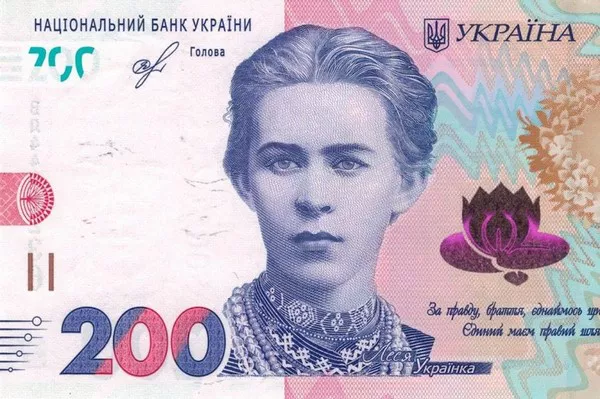The strength of a currency is a reflection of its economic stability, political climate, and overall global standing. For the British Pound (GBP), a currency with a rich history dating back centuries, its strength has experienced various highs and lows. Understanding the factors that contributed to the GBP’s strength during certain periods is essential for investors, economists, and enthusiasts alike. In this article, we delve into the historical milestones that marked the zenith of the British Pound’s strength.
The Gold Standard Era:
One of the notable periods when the GBP stood at its strongest was during the heyday of the gold standard. The gold standard, which prevailed from the mid-19th century until the outbreak of World War I, pegged the value of the British Pound to a specific quantity of gold. This system instilled confidence in the currency and contributed to its stability.
The apex of the GBP’s strength under the gold standard occurred in the late 19th century. During this time, the United Kingdom was at the forefront of the Industrial Revolution, experiencing robust economic growth. The strength of the British economy translated directly into a robust pound sterling. International trade flourished, and the pound’s value remained high, making it a symbol of financial prestige.
Post-World War II Reconstruction:
After the devastation of World War II, the GBP faced challenging times, but the post-war era marked a resurgence in its strength. The United Kingdom, despite war-induced setbacks, embarked on a comprehensive reconstruction effort. The implementation of the Marshall Plan, financial assistance from the United States, and a commitment to rebuilding the economy bolstered the GBP.
By the early 1950s, the British Pound had regained its pre-war strength and even surpassed it. The economic recovery was accompanied by stability in the currency markets, further solidifying the GBP’s position as a strong and reliable currency.
The Thatcher Era and Economic Reforms:
The 1980s under Prime Minister Margaret Thatcher brought about a paradigm shift in British economic policy. Thatcher’s government implemented a series of market-oriented reforms, emphasizing free-market principles, privatization, and deregulation. These policies, collectively known as Thatcherism, aimed to revitalize the British economy.
The impact of these reforms on the strength of the GBP was profound. The newfound emphasis on economic efficiency and reduced government intervention attracted foreign investment and contributed to the appreciation of the pound. By the mid-1980s, the GBP had reached remarkable heights, establishing itself as one of the strongest currencies in the world.
The Late 20th Century and the ERM Crisis:
While the 1980s saw the GBP at its zenith, the early 1990s brought about a challenging period known as the Exchange Rate Mechanism (ERM) crisis. The United Kingdom joined the ERM in an effort to stabilize exchange rates and lay the groundwork for adopting the euro. However, economic pressures, including high inflation and interest rates, led to the pound’s expulsion from the ERM in 1992.
The ERM crisis caused a temporary depreciation of the GBP, but the aftermath saw the currency rebound. The Bank of England’s proactive measures and a commitment to monetary stability contributed to the recovery, ultimately paving the way for a stronger British Pound in the latter part of the 1990s.
The 21st Century Challenges:
The 21st century brought a new set of challenges for the GBP. The global financial crisis of 2008 and the subsequent economic downturn had repercussions on the British economy. The pound experienced volatility, and its strength fluctuated in response to economic uncertainties.
Brexit, the decision of the United Kingdom to leave the European Union, introduced another layer of complexity. The prolonged negotiation process and uncertainties surrounding the terms of the exit influenced the GBP’s value. The pound experienced periods of weakness, but it also showcased resilience during moments of political clarity.
See Also What Happened To GBP/USD
Conclusion:
The strength of the British Pound has been shaped by a myriad of historical, economic, and political factors. From the gold standard era to post-war reconstruction, and from Thatcherite reforms to the challenges of the 21st century, the GBP has weathered various storms. Understanding the historical peaks of the GBP’s strength provides valuable insights for analysts and investors navigating the dynamic landscape of international currencies. As the global economic stage continues to evolve, the British Pound’s journey serves as a testament to its enduring significance in the world of finance.


